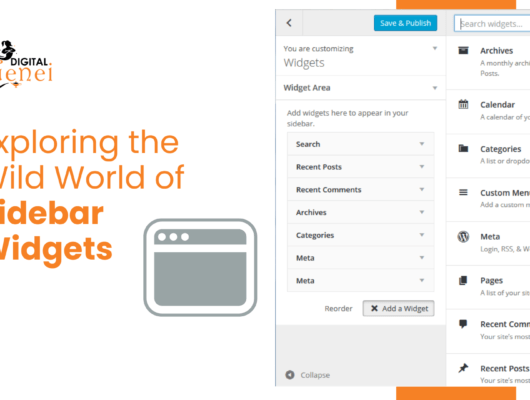Introduction
In the digital age, where customer interactions often occur behind screens, the “Contact Us” page on your website is a gateway to building meaningful customer relationships. It’s not just a bland form; it’s a powerful tool that, when utilized correctly, can foster engagement, trust, and loyalty. In this article, we will explore the art of using a contact page to strengthen customer relationships and make a lasting impression on your audience.
1. Humanize Your Brand
A well-designed contact page humanizes your brand by providing a direct point of contact with real people. Include the names and photos of key team members or customer support representatives. When visitors can put a face to your brand, it creates a sense of trust and authenticity.
2. Keep It Simple
Simplicity is the ultimate sophistication.
A cluttered contact page can overwhelm visitors. Keep the form concise and easy to fill out. Ask for only essential information, such as name, email, and the nature of their inquiry. Make sure the process is straightforward and hassle-free.
3. Provide Multiple Contact Options
Different customers have different preferences for communication. Offer multiple contact options, such as a contact form, email address, phone number, and even a live chat feature if possible. This flexibility ensures that customers can reach out in a way that’s most comfortable for them.
4. Set Clear Expectations
Let visitors know what to expect when they contact you. Specify the response time and explain how their inquiry will be handled. This transparency demonstrates professionalism and sets realistic expectations.

5.Showcase Your Expertise
Use your contact page as an opportunity to showcase your expertise. Offer helpful resources or links to FAQs that can answer common questions. When visitors see that you’re knowledgeable and eager to assist, it strengthens their confidence in your brand.
6. Encourage Feedback
Encourage customers to provide feedback through your contact page. This could be about their experience with your products or services, suggestions for improvement, or even testimonials. Feedback not only helps you improve but also shows customers that you value their opinions.
7. Personalize Auto-Responses
When someone submits a contact form, an automated response is often generated. Take this opportunity to personalize the message. Use the person’s name, thank them for reaching out, and reassure them that their inquiry is important. Personal touches go a long way in building relationships.
8. Prioritize Speedy Responses
Your most unhappy customers are your greatest source of learning.
Timely responses are crucial. Aim to respond to inquiries as quickly as possible. Even if you can’t provide an immediate solution, acknowledge the inquiry and let the customer know you’re working on it. Prompt communication demonstrates your commitment to customer satisfaction.
9. Use Positive Language
The tone you use in your responses matters. Always maintain a positive and courteous tone, even when addressing complaints or issues. Avoid jargon or technical language that could confuse or alienate customers.
10. Follow Up
After resolving an inquiry, consider following up with the customer to ensure they are satisfied with the outcome. This extra step shows that you genuinely care about their experience and are committed to their satisfaction.
11. Leverage Contact Page Analytics
Utilize website analytics tools to track the performance of your contact page. Monitor metrics like the number of submissions, response times, and customer feedback. This data can help you continually improve the page and the customer experience.
12. Test and Iterate
Don’t be afraid to test different elements of your contact page, such as the form layout, messaging, or response times. Collect feedback from users and iterate based on their suggestions and experiences.
Conclusion: Building Bonds Through Contact
A well-crafted contact page is not just a static form on your website; it’s a dynamic bridge to your customers. By humanizing your brand, keeping it simple, providing multiple contact options, setting clear expectations, showcasing expertise, encouraging feedback, personalizing auto-responses, prioritizing speedy responses, using positive language, following up, leveraging analytics, and continuously testing and iterating, you can use your contact page to build strong customer relationships. In the digital world, where connections can sometimes feel distant, your contact page can be the key to saying hello and forging meaningful bonds with your audience.





